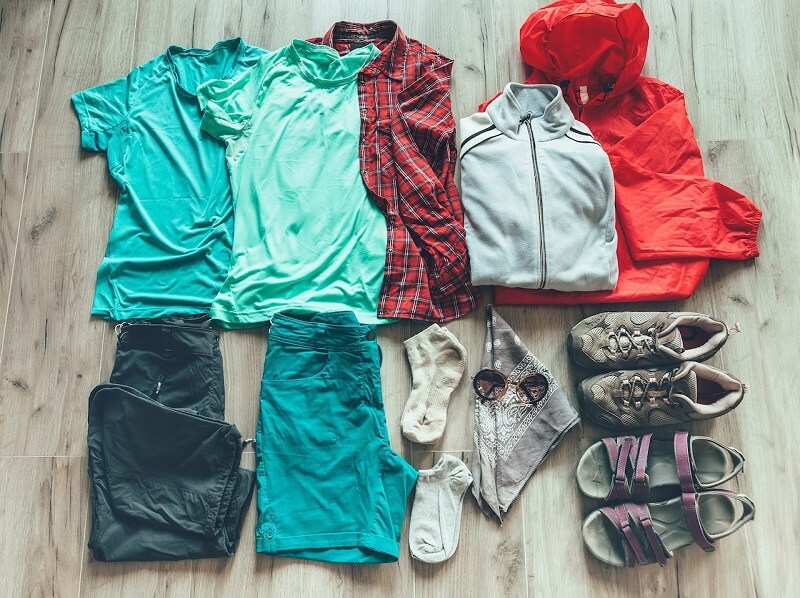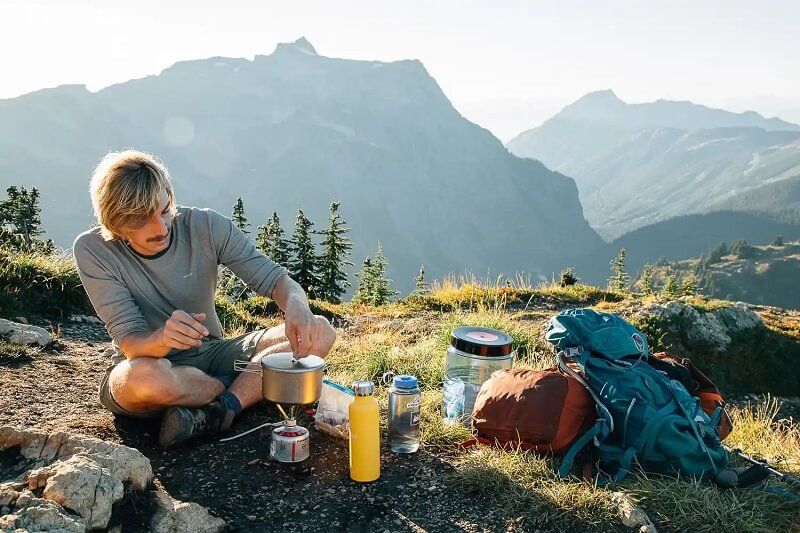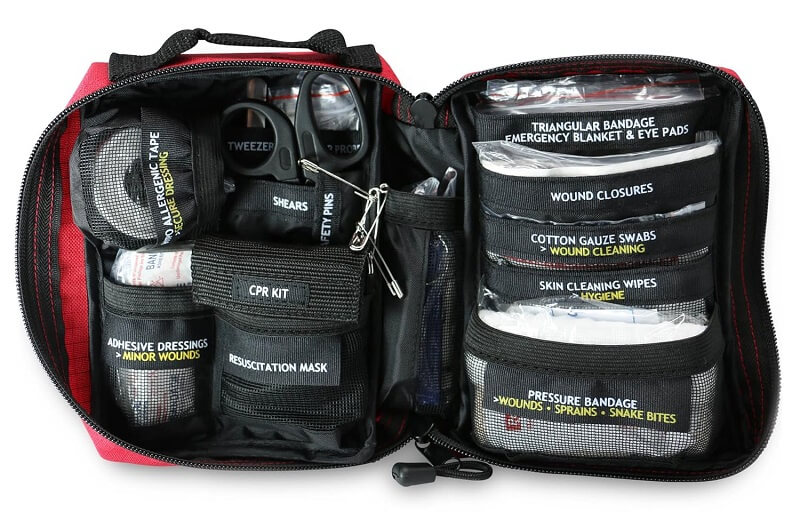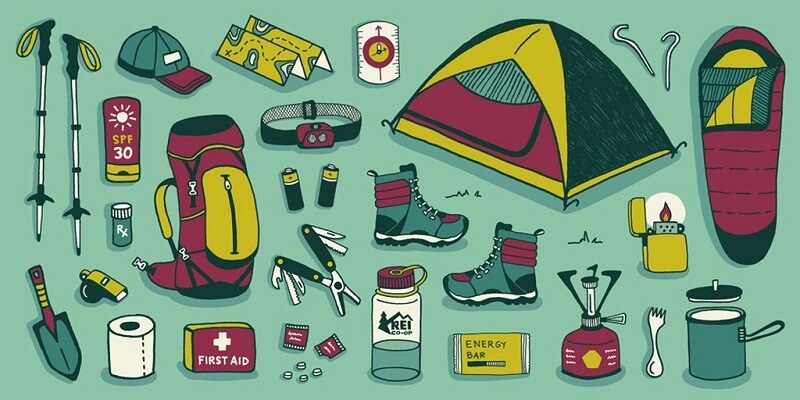Embarking on a backpacking trip is an exhilarating experience that combines the thrill of adventure with the tranquility of nature. Whether you’re a seasoned hiker or a first-time explorer, having a comprehensive checklist is essential for ensuring that you’re well-prepared and can fully enjoy your journey. This ultimate backpacking checklist covers everything you need to know, from essential gear to personal items, to make your trip safe, enjoyable, and memorable.
Backpacking offers a unique way to connect with nature, challenge yourself, and explore new places. However, the key to a successful trip lies in thorough preparation. A well-thought-out checklist can help you remember all the necessities and avoid the common pitfalls of underpacking or overpacking. This guide provides a detailed checklist to ensure you have everything you need for your backpacking adventure, making it as seamless and enjoyable as possible.
Essential Gear
1. Backpack

- Capacity: Choose a backpack with a capacity that suits the length and nature of your trip. For a multi-day trip, a 50-70 liter backpack is typically sufficient.
- Fit: Ensure the backpack fits comfortably and distributes weight evenly. Adjustable straps and a padded hip belt are crucial for comfort.
2. Shelter
- Tent: Select a lightweight, weather-resistant tent. Ensure it’s easy to set up and take down.
- Sleeping Bag: Choose a sleeping bag appropriate for the season and temperature of your destination. A lightweight, compressible sleeping bag is ideal for backpacking.
- Sleeping Pad: Invest in a good sleeping pad for insulation and comfort. Inflatable or foam pads are popular choices.
3. Navigation Tools
- Map and Compass: Always carry a detailed map and a reliable compass. Learn how to use them before your trip.
- GPS Device: A GPS device can be a useful backup to traditional navigation tools. Ensure it’s fully charged and you have extra batteries.
- Guidebook: A guidebook can provide valuable information about trails, campsites, and local flora and fauna.
Clothing and Footwear

4. Clothing
- Base Layers: Moisture-wicking base layers are essential for managing sweat and staying dry.
- Insulating Layers: Pack a fleece or down jacket for warmth during cold evenings and mornings.
- Outer Layers: A waterproof and windproof jacket and pants are crucial for protection against the elements.
- Hiking Pants and Shorts: Choose lightweight, quick-drying pants and shorts for daytime hiking.
- Socks and Underwear: Pack extra pairs of moisture-wicking socks and comfortable underwear. Wool or synthetic materials are preferred over cotton.
5. Footwear
- Hiking Boots/Shoes: Invest in sturdy, comfortable hiking boots or shoes that provide good ankle support and have a strong grip.
- Camp Shoes: Lightweight sandals or camp shoes give your feet a break after a long day of hiking.
Cooking and Hydration

6. Cooking Gear
- Portable Stove: A lightweight, reliable stove is essential for cooking meals and boiling water.
- Cookware: A small pot, pan, and utensils (spork, spatula) are necessary for meal preparation.
- Fuel: Bring enough fuel for the duration of your trip, and always carry extra in case of emergencies.
- Lighter and Waterproof Matches: Pack multiple fire-starting methods to ensure you can cook and stay warm.
7. Food and Snacks
- Non-perishable Foods: Pack lightweight, calorie-dense foods such as dehydrated meals, nuts, trail mix, energy bars, and dried fruits.
- Meal Plan: Create a meal plan to ensure you have enough food for each day, including extra in case of emergencies.
- Bear Canister or Food Bag: In bear country, a bear canister or bear-proof food bag is essential for storing food safely.
8. Hydration
- Water Bottles/Bladder: Carry enough water storage to stay hydrated between water sources.
- Water Filter/Purification: A water filter or purification tablets are necessary for making water from streams and lakes safe to drink.
Safety and First Aid

9. First Aid Kit
- Essentials: Include bandages, antiseptic wipes, adhesive tape, pain relievers, blister treatment, and any personal medications.
- Instruction Manual: A first aid manual can be a valuable resource in case of an emergency.
10. Emergency Gear
- Whistle: A loud whistle can signal for help if you’re in trouble.
- Multi-tool: A multi-tool with a knife, scissors, and other tools is incredibly useful for various tasks.
- Duct Tape: Bring a small roll of duct tape for repairs on the go.
11. Personal Locator Beacon (PLB)
- Safety: In remote areas, a PLB can be a lifesaver. It sends a distress signal with your location to emergency services.
Personal Items
12. Hygiene Items
- Toothbrush and Toothpaste: Pack travel-sized versions.
- Biodegradable Soap: For washing yourself and your dishes.
- Hand Sanitizer: Essential for maintaining hygiene on the trail.
- Toilet Paper and Trowel: For digging cat holes and practicing Leave No Trace principles.
13. Sun Protection
- Sunscreen: High SPF sunscreen to protect your skin.
- Lip Balm: With SPF to prevent chapped lips.
- Hat and Sunglasses: To shield your face and eyes from the sun.
14. Insect Repellent
- Spray or Lotion: To protect against mosquitoes and other insects.
Extras
15. Camera or Smartphone
- Photography: Capture the beautiful moments of your trip.
- Charger: A portable charger or solar charger can keep your devices powered.
16. Journal and Pen
- Documenting: Keep a journal to document your experiences and thoughts.
Preparation is the key to a successful backpacking trip. By using this comprehensive checklist, you can ensure that you have all the essentials for a safe and enjoyable adventure. Remember, the goal is to pack light but pack right. With the right gear and a well-thought-out plan, you can fully immerse yourself in the beauty of nature and make unforgettable memories. Happy trails!
